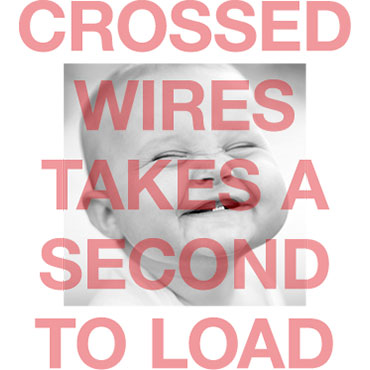























From Wikipedia, the free encyclopedia?
Procedural Knowledge
Cohen and Squire proposed that, as a result of their study of amnesiacs, there may well be a subset of operations stored in long term memory (LTM hereafter) that is governed more by procedures and rules than by declarative or data-driven knowledge. They recognize that classical distinctions of “knowing how” and “knowing that” seem well supported by their research findings. Be warned, these two sub types of LTM may not be completely independent as to be “sharply dichotomized.” The findings in their paper (1980) seem to support a continuum upon which different memory tasks might fall ranging from procedural knowledge to a more data-driven, declarative knowledge.
Tacit Knowledge
Tacit knowledge is understood by some to be similar to if not synonymous to procedural knowledge. Before Cohen and Squire find evidence for their distinction, Polanyi introduces the concept that “We can know more than we can say” in his paper, The Tacit Dimension. (1966) This inability to declaratively articulate certain knowledge, only transferable through extensive contact between teacher and student in an apprentice-like relationship, seems to point towards the same classical distinction between “knowing how” to do something, and “knowing that” something is true. Polanyi gives the example of a riding a bicycle as tacit knowledge, the ability to ride is something that, once learned, stays with us. This information, most likely stored in LTM, is something that an expert bicyclist may not be able to articulate. The most typical example of procedural knowledge in cognitive psychology is skiing, a similar task.